Four Of The Craziest Royal Family Feuds And Scandals In History
After Prince Harry and Meghan Markle’s tell-all interview with Oprah Winfrey aired on March 7, everyone is talking about the current royal family feud.
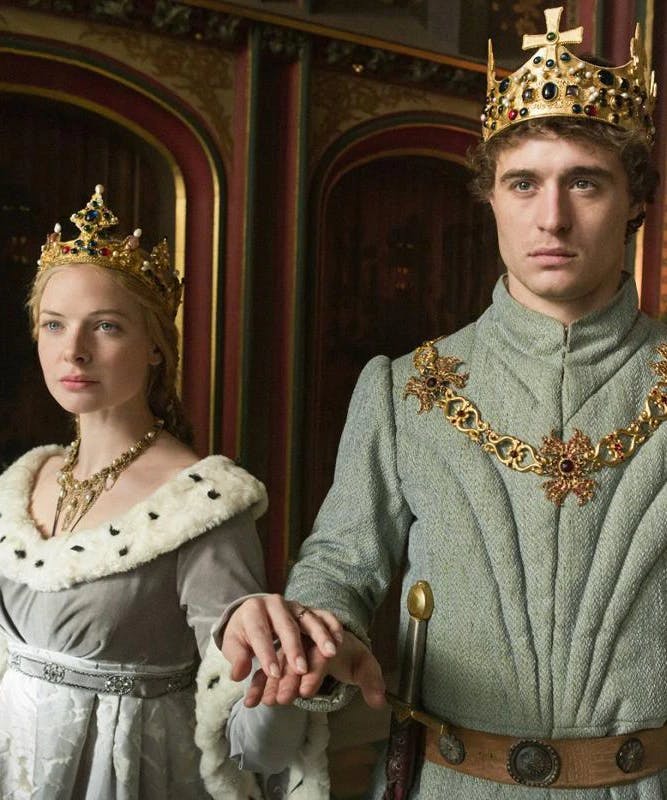
We all know that this isn’t the first time something like this has happened. Thanks to shows like The Crown and movies like The King’s Speech, we all know the story of how Princess Diana struggled in her marriage to Prince Charles and how Edward VIII (Queen Elizabeth’s uncle) had to abdicate the throne to marry American divorcée Wallis Simpson.
However, we often fail to recognize that the monarchy is nearly a thousand years old and has a millennia worth of stories of family feuds and scandals. Here are four of the craziest family feuds involving the British royal family from the 15th and 16th centuries and one involving the Spanish royal family.
The Wars of the Roses (Yorks vs. Lancasters)
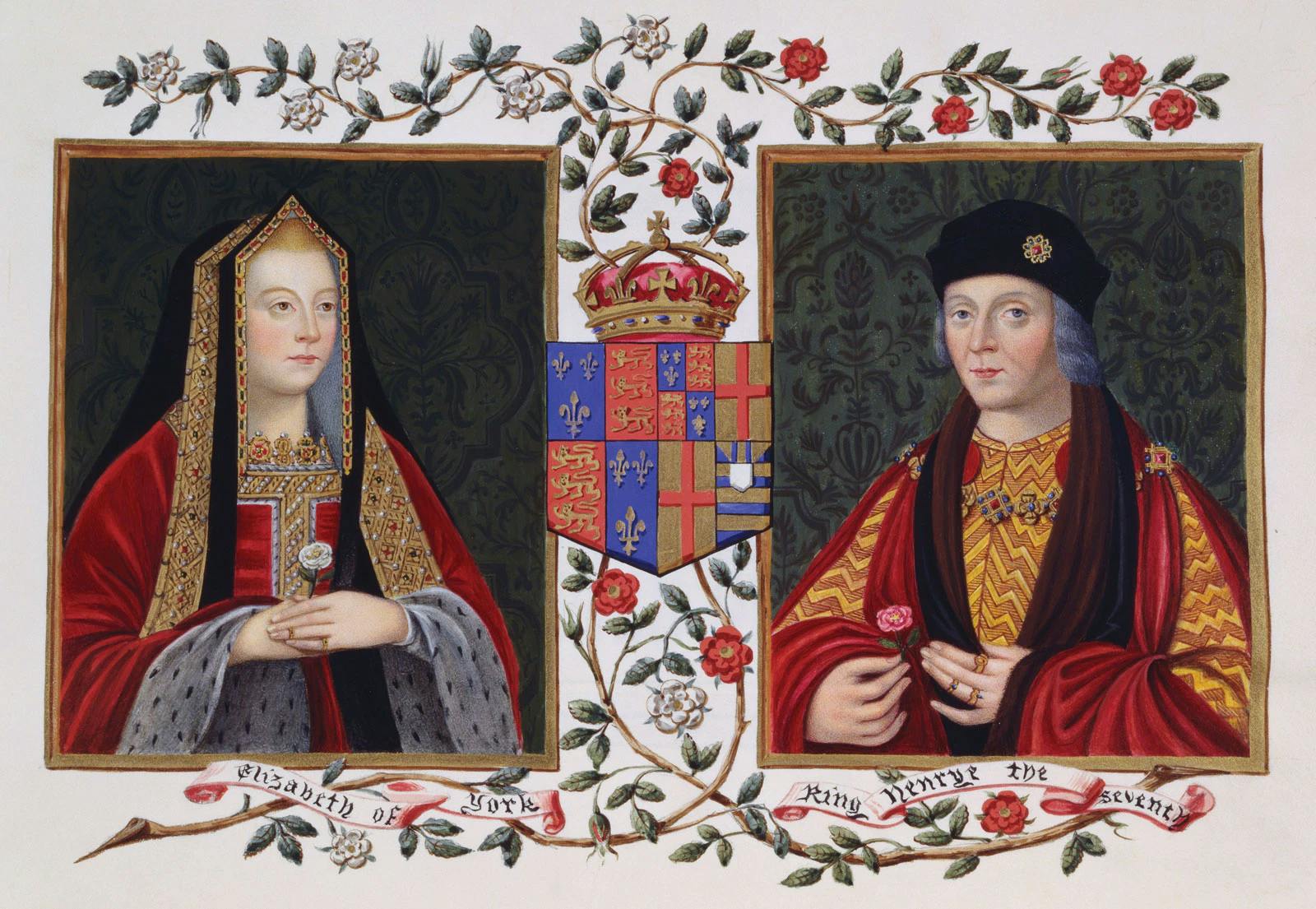
The Wars of the Roses is so ingrained in our culture that we’re still finding ways to tell it 500 years later. Don’t believe me, look at Game of Thrones and the parallels that we see from historical facts. It’s a complicated story, but I’ll break it down as simply as I can.
The Wars of the Roses were a series of wars fought by the British, the Plantagenets. When it came to who the true King of England was, there was a division between the House of York and the House of Lancaster, who were both descended from 14th-century Plantagenet king Edward III. Both houses believed they had a legitimate claim to the throne, so chaos and violence ensued.

The wars began when King Henry VI’s incompetence (he wasn’t the sharpest tool in the shed) led to many English noblemen losing land in France, and one of the most powerful men to lose land was Richard, Duke of York.
Richard of York was a very cunning man and great-grandson to Edward III, and he used his lineage to get his revenge on Henry VI. Due to Henry VI’s “madness,” the Duke of York successfully argued a case to make himself the Lord Protector of England in 1453. He died in battle in 1460. With Henry VI declared insane, the Duke of York’s eldest son, Edward, was crowned Edward IV. Edward IV married Lancaster noblewoman Elizabeth Woodville, and the couple had seven children (they come into play later).
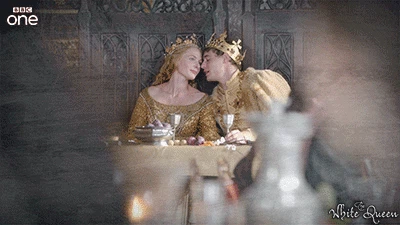
It didn’t take long for the Lancaster’s to fight back against Edward IV. Margaret of Anjou helped restore her husband, Henry VI, to power in 1470, but the Lancaster’s success was short-lived when Henry VI mysteriously died in 1471, giving the throne back to Edward IV.
All was going well for the Yorks before Edward IV died in 1483, leaving the throne to his 12-year-old son, Edward V. Concerned about the well-being of the young king, Edward IV’s brother and Edward’s V’s uncle, Richard, became Lord Protector of England in the summer of 1483, making Edward V and his younger brother Richard, Duke of York (I know, there are way too many Richards and Edwards in this story, and it’s confusing) illegitimate. This made Edward IV’s once-loyal brother King Richard III.
The war ended with the death of Richard III in 1485, and Lancaster nobleman Henry Tudor (Henry VII) succeeded him, but not before Richard III allegedly committed one of the most brutal crimes of all time.
The Princes in the Tower vs. King Richard III
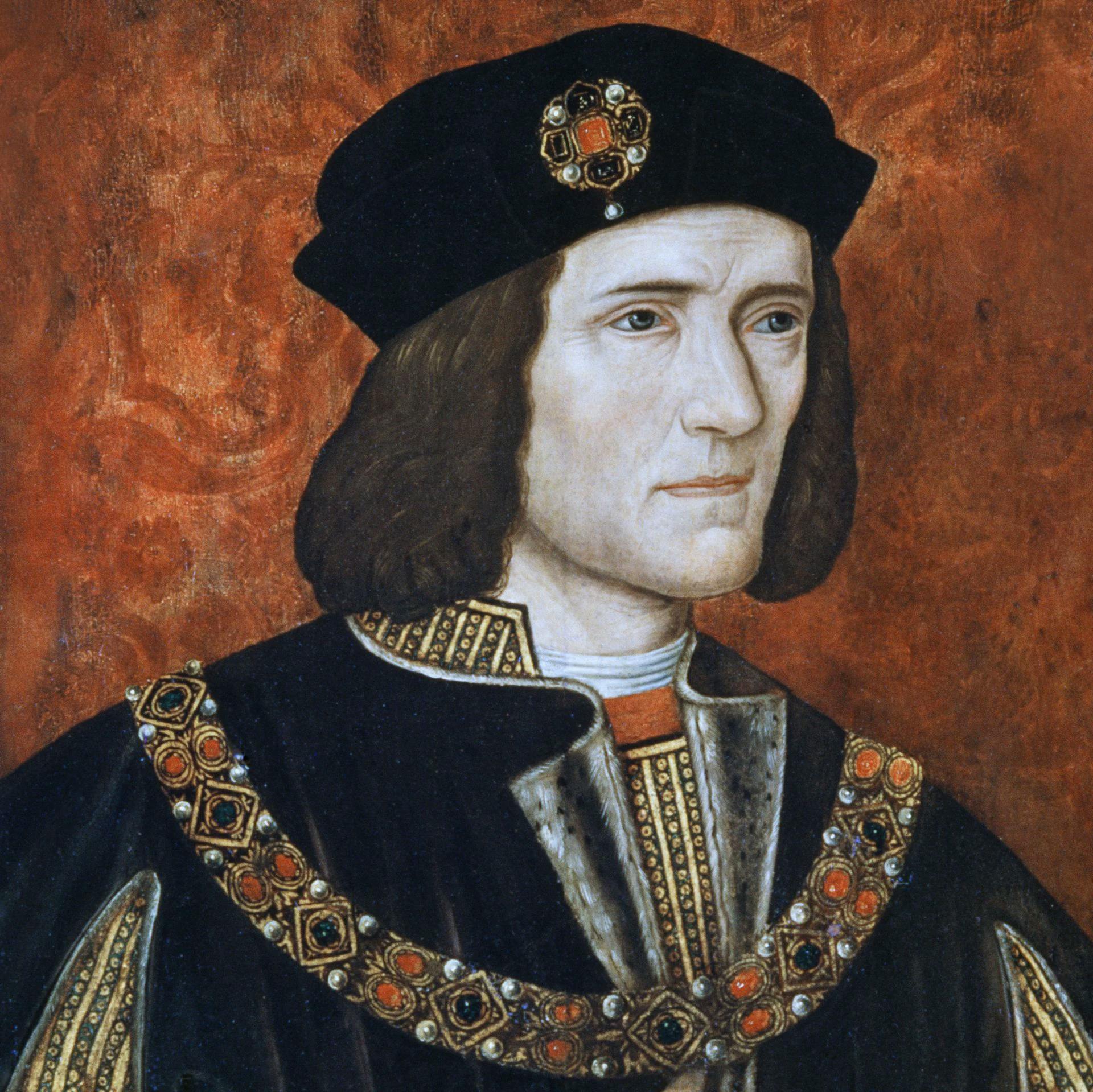
Though this scandal happened during the War of the Roses, it’s crazy enough to deserve it’s own spot. Known as one of the oldest murder mysteries and cold cases, you’ve probably heard of the story of King Richard III and the Princes in the Tower from Shakespeare’s play, Richard III.
As if the Wars of the Roses weren’t already filled with enough familial betrayal, Richard III took it to the next level when he put 12-year-old Edward V and his little brother, 10-year-old Richard, Duke of York (did I mention that these were his nephews?) in the Tower of London. The two boys were never seen again, and it's widely believed that Richard III had them murdered. Though skeletons believed to belong to the Princes have been examined, there's no definitive proof as to what happened to the two young Princes.

Their disappearance started another series of bloody battles between the Yorks and the Lancasters. Henry Tudor, a Lancaster who defeated King Richard III in battle in 1485, ended the War of the Roses. Henry Tudor was crowned Henry VII in 1485 and married Elizabeth of York, daughter of Edward IV and sister to the Princes in the Tower, in 1486. This marriage symbolically represented the Yorks and Lancasters coming together, as well as the start of the Tudor dynasty.
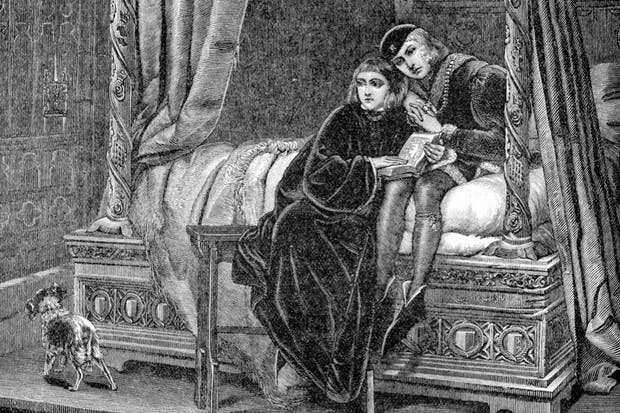
What makes the story of the Princes in the Tower unique and is often separated from the Wars of the Roses was that it created another feud within the royal family. Imposters like Perkin Warbeck managed to persuade some family members that he was one of the surviving princes and the true heir to the throne, while others believed he was a fraud. This was hardest for Elizabeth of York, wife of Henry VII and sister of the Princes in the Tower. Though nobody is certain of what she really felt, it's widely believed that she was torn between the possibility of one of her brothers surviving and keeping her husband on the throne. However, Henry VII believed Warbeck was a fraud and hanged him in 1499.
Queen “Joanna the Mad” of Castile vs. Ferdinand II and Philip the Handsome
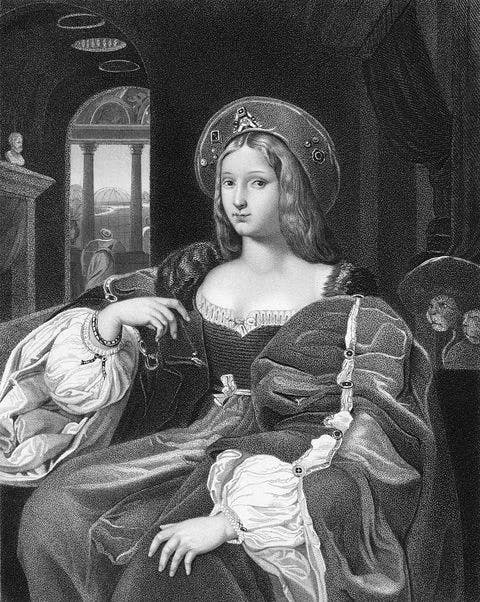
Thanks to shows like The Tudors and The Spanish Princess, we all know who Catherine of Aragon is. You’re also likely familiar with her famous mother, Isabella I of Castile, who is most famous for unifying medieval Spain, her involvement in the Spanish Inquisition, and her role in financing Christopher Columbus. You’re likely less familiar with Joanna, daughter of Isabella and sister of Catherine. You might know her by her nicknames “Joanna the Mad” or “Juana la Loca,” but she was really a victim of her father and husband’s lust for power.
In 1496, 16-year-old Joanna married Philip, Archduke of Austria, more famously known as Philip the Handsome. At the start of her marriage, Joanna appeared to be the luckiest young woman alive. Most royal women were often married off to older ugly men, and Joanna was lucky to marry a handsome husband who was close to her in age. Unfortunately for Joanna, Philip was one of the worst husbands in history. Phillip treated Joanna horribly through his infidelity and emotionally abused her through gaslighting. This took a toll on Joanna’s mental health, which was dismissed as "madness" because doctors weren’t mental health experts in the late 15th century and early 16th century.
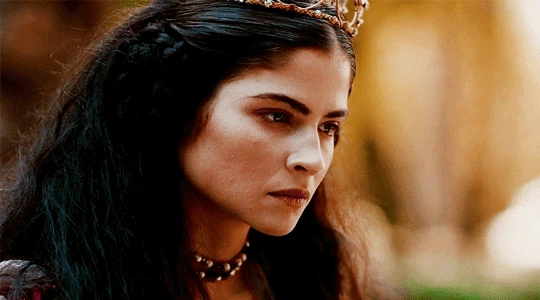
Things got worse for Joanna when she became heir to Castile and Aragon in 1500 after the death of her nephew. Prior to her nephew’s death, Joanna’s older sister and brother died, leaving her the throne that she never thought she would inherit. After spending the majority of her marriage traveling with her husband, she moved back to Spain to accept her role as heir. Unfortunately for Joanna, Philip had other plans.
Philip went from treating Joanna like a nuisance to a political pawn. After spreading rumors about her mental instability (yeah, I told you he was the worst), he paved the way to inherit the throne. After her mother’s death in 1504, 25-year-old Joanna became the Queen of Castile. Both Philip and her father, Ferdinand II of Aragon, wanted control of Castile, and the vicious family feud began.
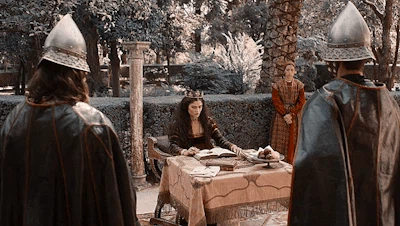
Ferdinand was quick to declare that "Philip could only act as consort" to Joanna due to his foreign birth, but he also wanted his daughter out of the way. Taking cues from his son-in-law, Ferdinand also declared Joanna to be “mentally incompetent” so he could take the throne from her.
Philip was also plotting for Joanna’s throne but died in 1506. Due to the rumors that Philip and Ferdinand started, Joanna was forced to give her father regency over her throne in 1507 (yes, Ferdinand is the 16th-century version of Jamie Spears and Joanna is Britney Spears).
Ferdinand forced Joanna into exile in Tordesillas in 1509. After Ferdinand died in 1516, though Joanna still remained on the throne, she remained in exile as her son, Charles V, ruled as her regent. She remained in exile until her death in 1555. She was 75 years old.
Queen Mary I vs. Queen Elizabeth I vs. King Edward VI
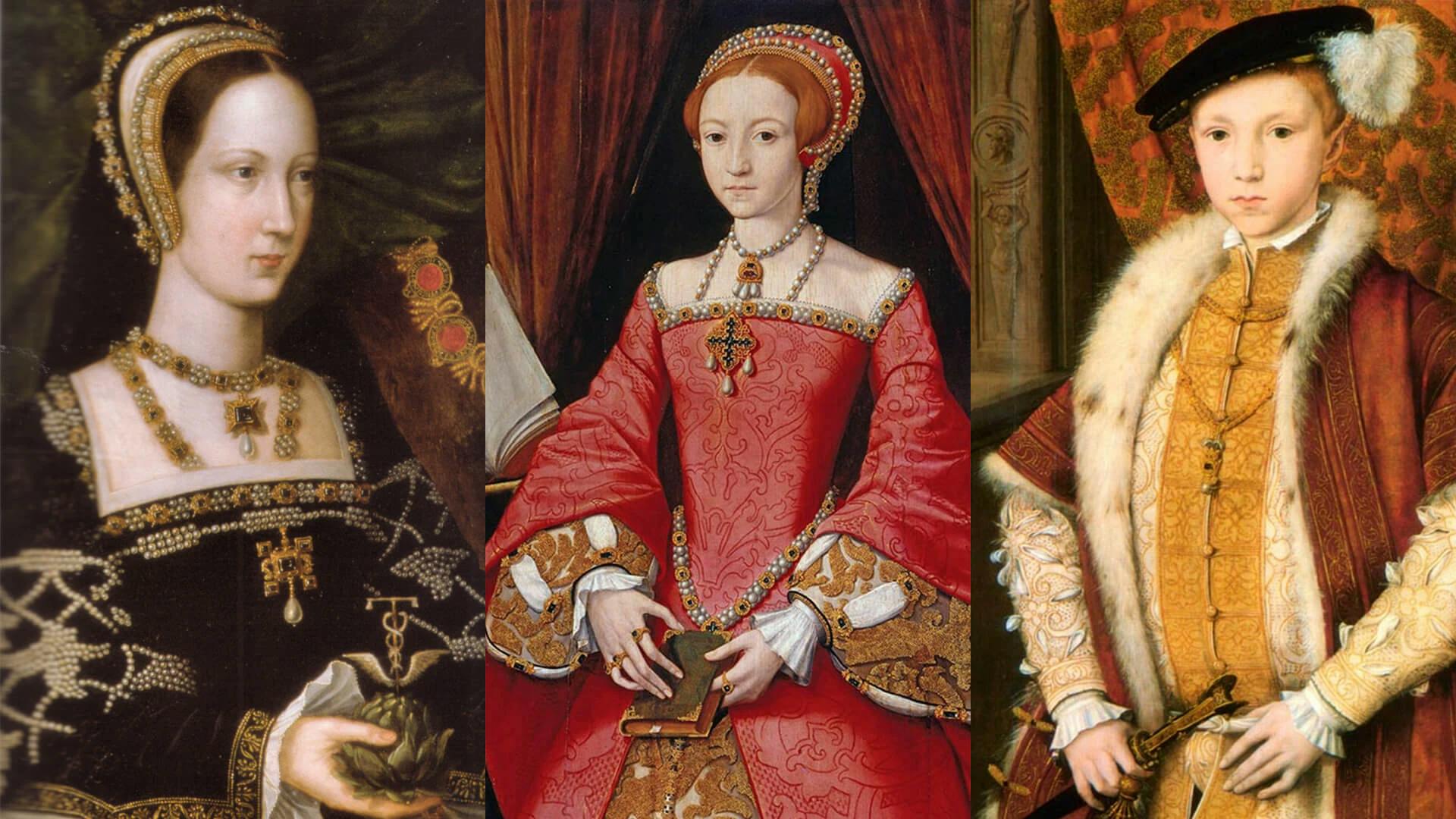
You've probably heard the story of the six wives of Henry VIII, but his multiple marriages left a strain on his children. After his death, his children Edward (Jane Seymour’s son), Mary (Catherine of Aragon’s daughter), and Elizabeth (Anne Boleyn’s daughter) all had their time on the throne, but not without drama between the three siblings.
After Henry died in 1547, his 9-year-old son Edward inherited the throne and became King Edward VI. It’s safe to say that 30-year-old Mary and 13-year-old Elizabeth weren’t thrilled. Edward died five years later, but appointed his cousin Lady Jane Grey over his sister Mary (which is a very savage move for a teenager) because Jane was Protestant and Mary was a devout Catholic.
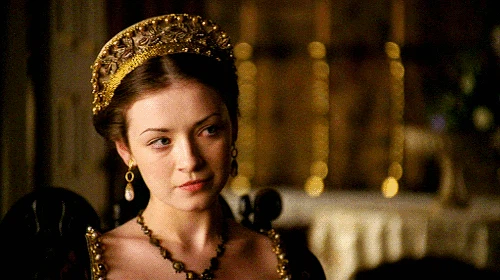
Mary quickly mobilized to make herself queen and had Jane deposed after ruling England for nine days. Jane was later executed for treason at 16. She also imprisoned Elizabeth in the Tower of London to keep her from taking her throne and kept her under house arrest for the majority of her reign.
These were the first of many of Mary’s cruel deeds, for she is known in history as "Bloody Mary" for her violent treatment of Protestants. Historians believe that she burned 300 Protestants at the stake for heresy. Though her motives can’t be proven, it's widely believed that her violence towards Protestants stemmed from her father starting the English Reformation to divorce her Catholic mother, Catherine of Aragon, to marry Anne Boleyn. This theory also explains her hatred for her sister Elizabeth, who was the only child Henry had with Anne Boleyn.
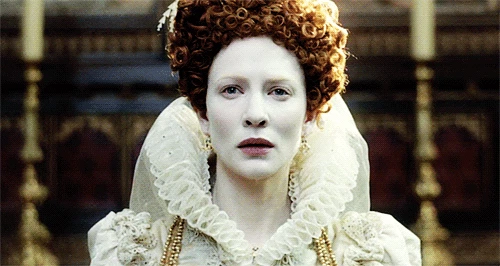
Mary’s five-year reign of terror ended when she died in 1558, leaving the throne to 25-year-old Elizabeth. Though she had no siblings to quarrel with, her feud with her cousin, Mary, Queen of Scots, was one for the ages.
Closing Thoughts
If you think the current royal family feud is crazy, it has nothing on their past feuds. From betrayal to murder and everything in between, history will always have scandalous stories to tell about the royals.